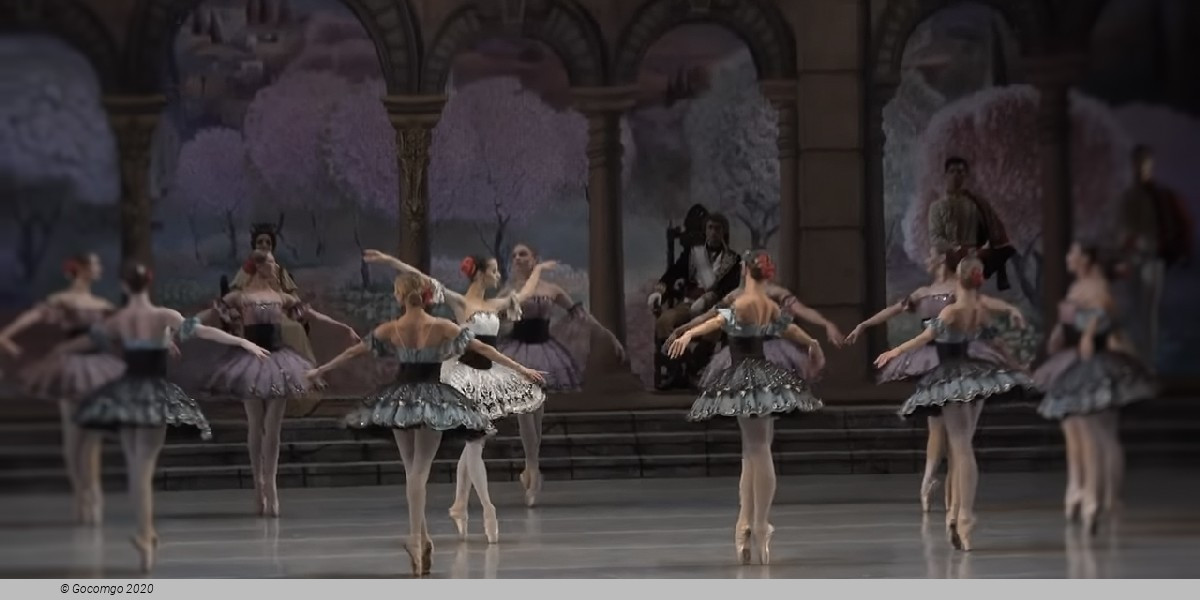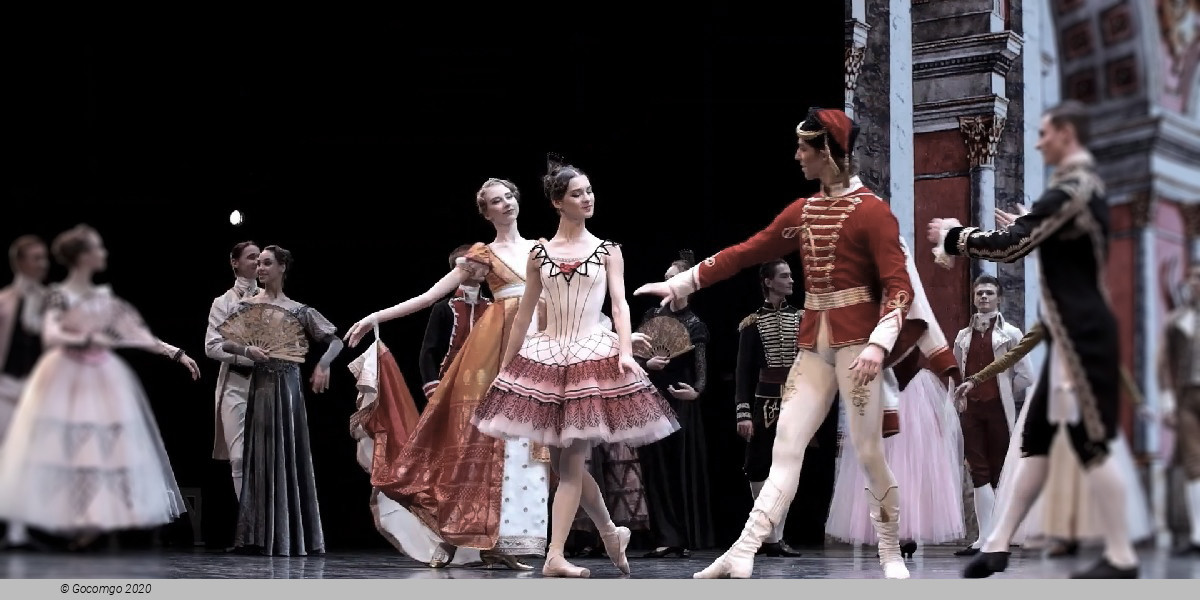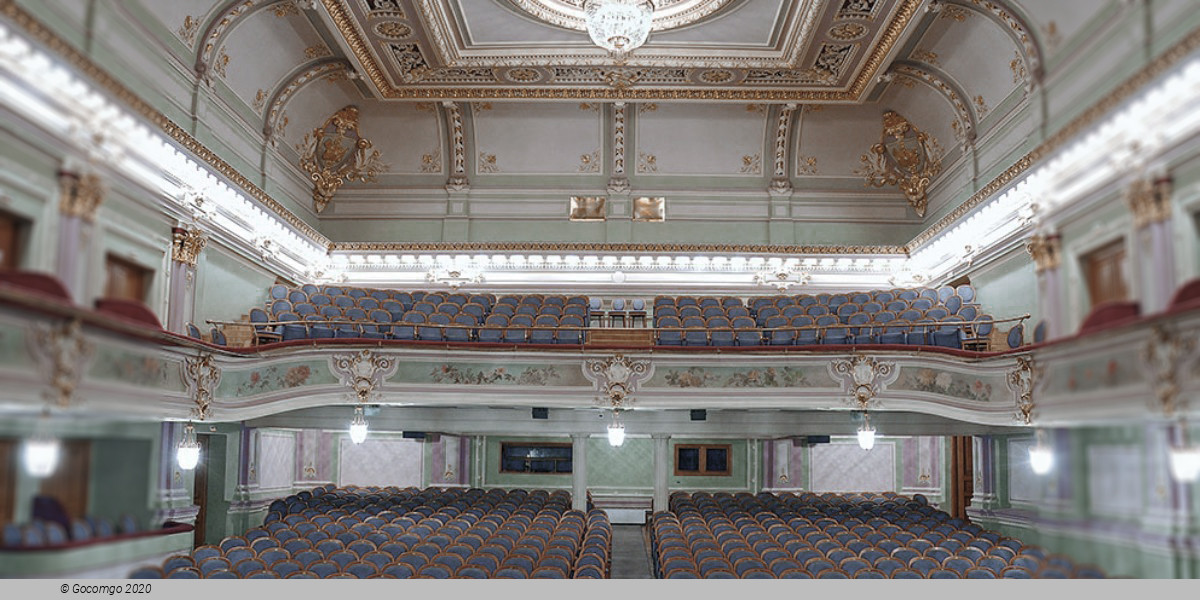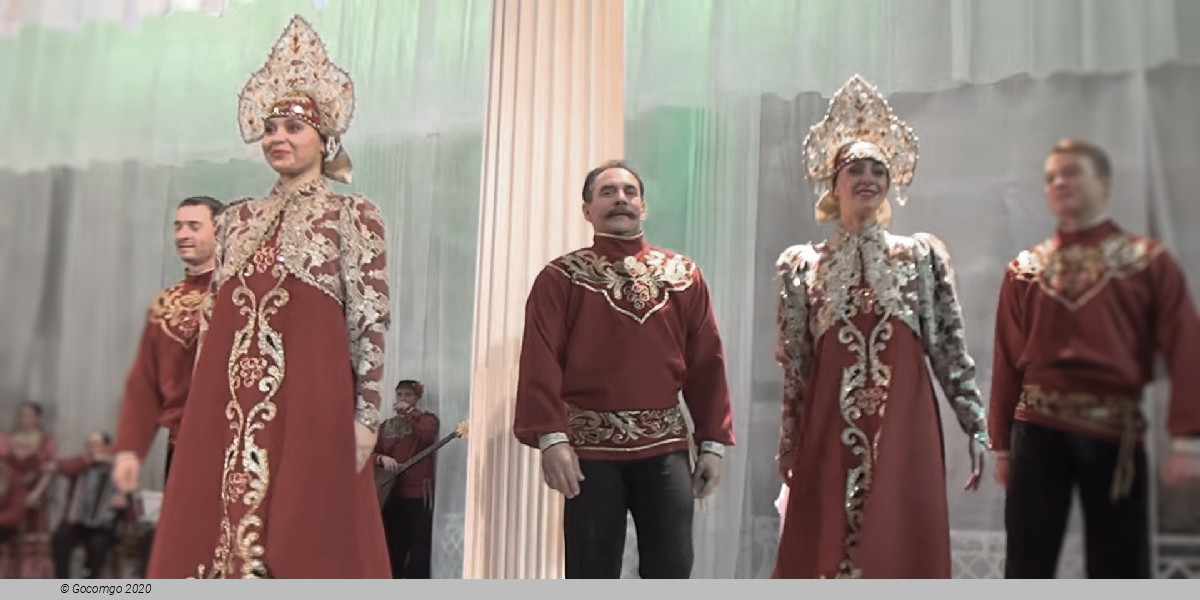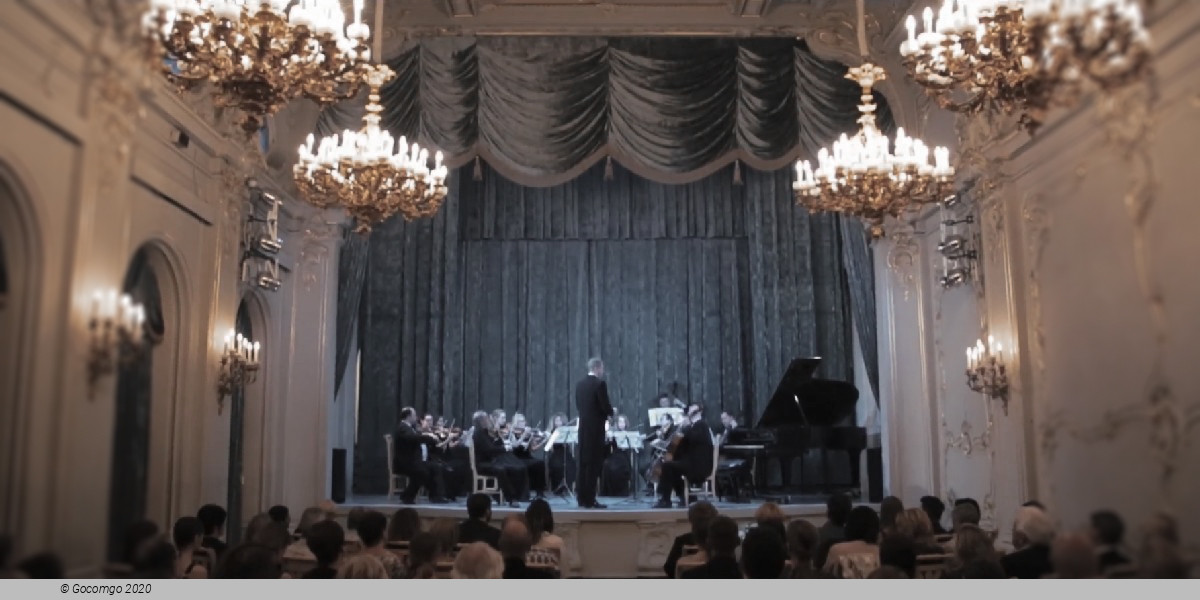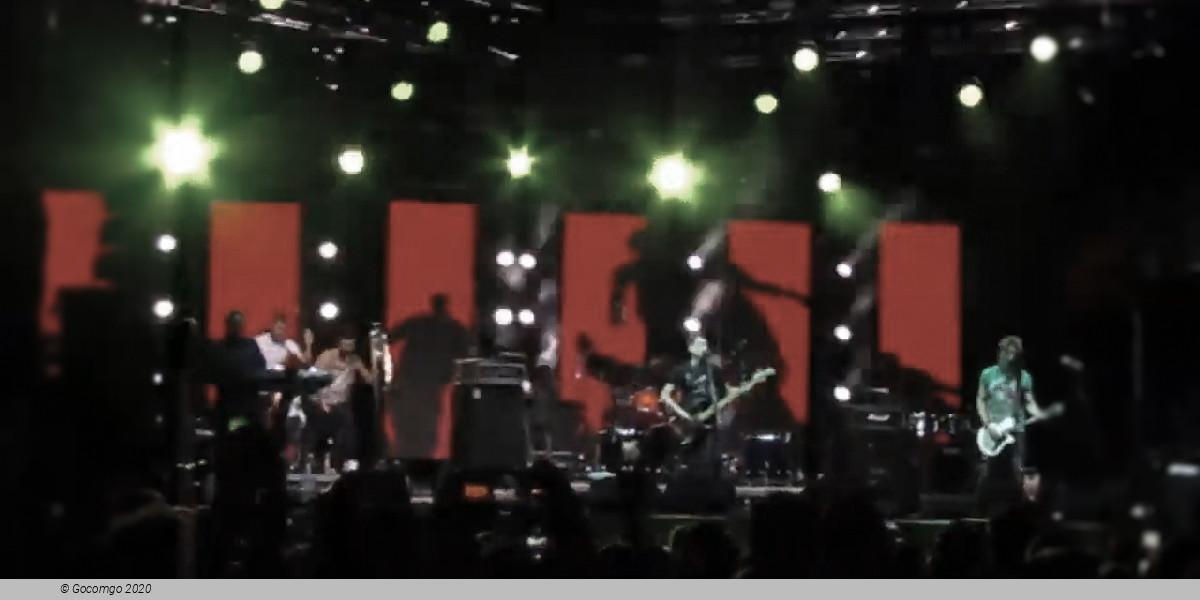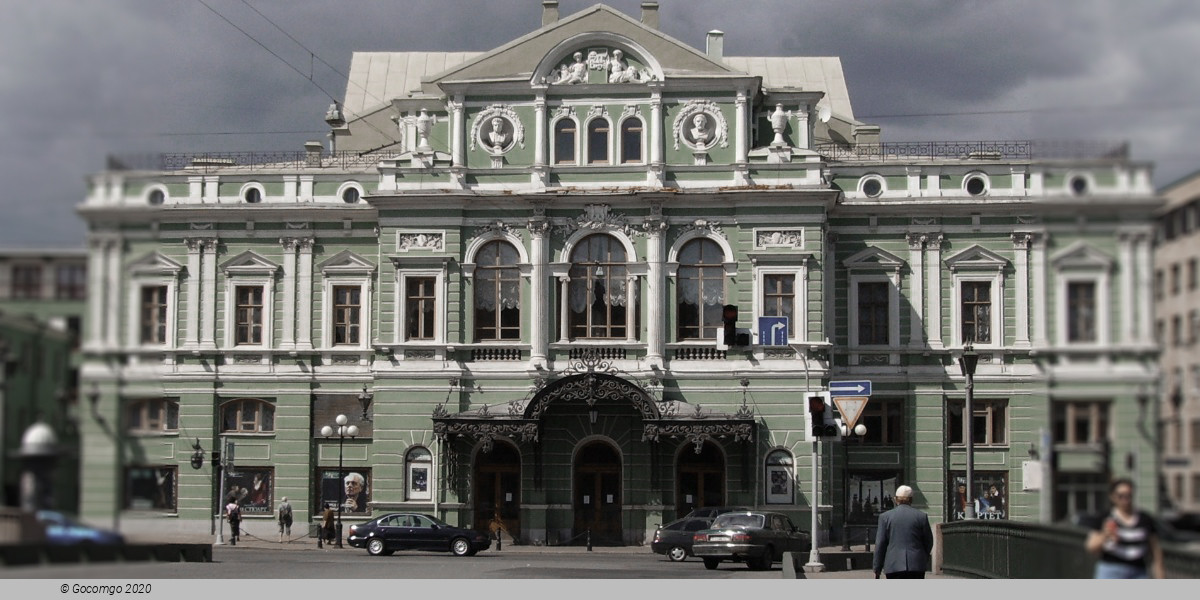Venues in Saint Petersburg
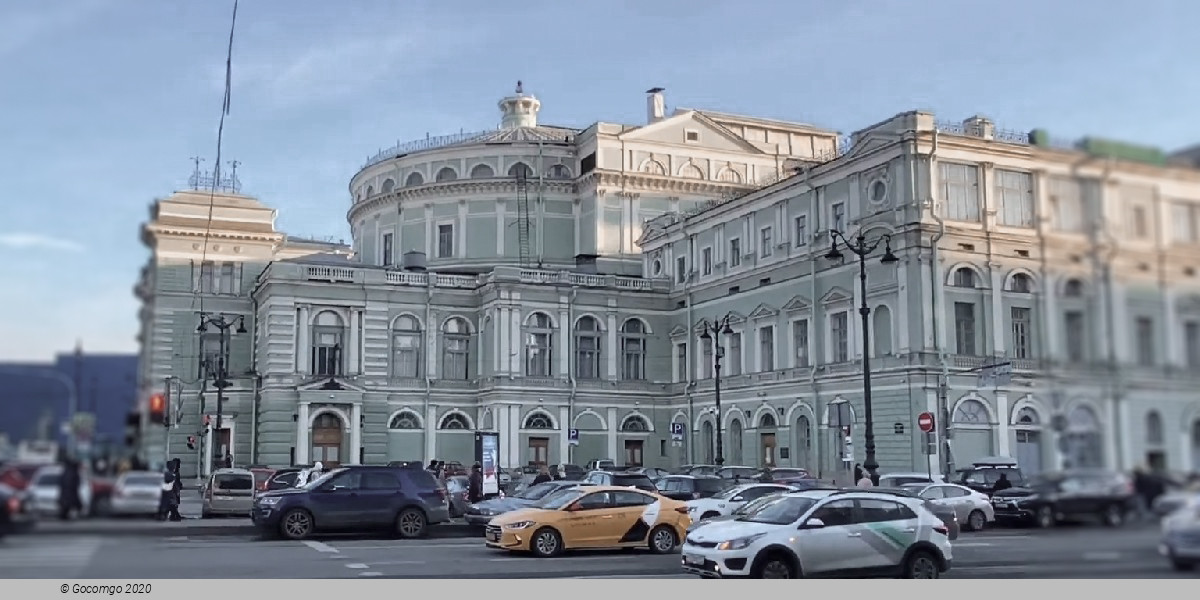
Saint Petersburg is Russia's second-largest city after Moscow, with 5 million inhabitants in 2012, part of the Saint Petersburg agglomeration.
Among the city's more than fifty theatres is the world-famous Mariinsky Theatre (also known as the Kirov Theatre in the USSR), home to the Mariinsky Ballet company and opera. Leading ballet dancers, such as Vaslav Nijinsky, Anna Pavlova, Rudolph Nureyev, Mikhail Baryshnikov, Galina Ulanova and Natalia Makarova, were principal stars of the Mariinsky ballet.
The first music school, the Saint Petersburg Conservatory, was founded in 1862 by the Russian pianist and composer Anton Rubinstein. The school alumni have included such notable composers as Pyotr Tchaikovsky, Sergei Prokofiev, Artur Kapp, Rudolf Tobias and Dmitri Shostakovich, who taught at the conservatory during the 1960s, bringing it additional fame. The renowned Russian composer Nikolai Rimsky-Korsakov also taught at the conservatory from 1871 to 1905. Among his students were Igor Stravinsky, Alexander Glazounov, Anatoly Liadov and others. The former St. Petersburg apartment of Rimsky-Korsakov has been faithfully preserved as the composer's only museum.
Dmitri Shostakovich, who was born and raised in Saint Petersburg, dedicated his Seventh Symphony to the city, calling it the "Leningrad Symphony". He wrote the symphony while based in the city during the siege of Leningrad. It was premiered in Samara in March 1942; a few months later, it received its first performance in the besieged Leningrad at the Bolshoy Philharmonic Hall under the baton of conductor Karl Eliasberg. It was heard over the radio and was said to have lifted the spirits of the surviving population. In 1992, the 7th Symphony was performed by the 14 surviving orchestral players of the Leningrad premiere in the same hall as half a century before. The Leningrad Philharmonic Orchestra remained one of the best known symphony orchestras in the world under the leadership of conductors Yevgeny Mravinsky and Yuri Temirkanov. Mravinsky's term as artistic director of the Leningrad Philharmonic—a term that is possibly the longest of any conductor with any orchestra in modern times—led the orchestra from a little-known provincial ensemble to one of the world's most highly regarded orchestras, especially for the performance of Russian music.
The Imperial Choral Capella was founded and modelled after the royal courts of other European capitals.
Saint Petersburg has been home to the newest movements in popular music in the country. The first jazz band in the Soviet Union was founded here by Leonid Utyosov in the 1920s, under the patronage of Isaak Dunayevsky. The first jazz club in the Soviet Union was founded here in the 1950s and was later named jazz club Kvadrat. In 1956 the popular ensemble Druzhba was founded by Aleksandr Bronevitsky and Edita Piekha to become the first popular band in the USSR during the 1950s. In the 1960s student rock-groups Argonavty, Kochevniki and others pioneered a series of unofficial and underground rock concerts and festivals. In 1972 Boris Grebenshchikov founded the band Aquarium, which later grew to huge popularity. Since then "Peter's rock" music style was formed.
In the 1970s many bands came out from the "underground" scene and eventually founded the Leningrad Rock Club, which provided a stage to bands such as DDT, Kino, headed by Viktor Tsoi, Alisa, Zemlyane, Zoopark, Piknik, Secret, and many other popular bands. The first Russian-style happening show Pop Mekhanika, mixing over 300 people and animals on stage, was directed by the multi-talented Sergey Kuryokhin in the 1980s. The annual International Music Festival SKIF (Sergey Kuriokhin International Festival) is named after him. In 2004 the Kuryokhin Center was founded, were the SKIF as well as the Electro-Mechanica and Ethnomechanica festivals take place. SKIF focuses on experimental pop music and avant garde music, Electro-Mechanica on electronic music, and Ethnomechanica on world music.
Today's Saint Petersburg boasts many notable musicians of various genres, from popular Leningrad's Sergei Shnurov, Tequilajazzz, Splean, and Korol i Shut, to rock veterans Yuri Shevchuk, Vyacheslav Butusov, and Mikhail Boyarsky. In the early 2000s the city saw a wave of popularity of metalcore, rapcore, and emocore, and there are bands such as Amatory, Kirpichi, Psychea, Stigmata, Grenouer and Animal Jazz.
The White Nights Festival in Saint Petersburg is famous for spectacular fireworks and a massive show celebrating the end of the school year.
The rave band Little Big also hails from Saint Petersburg. Their music video for "Skibidi" was filmed in the city, starting at Akademicheskiy Pereulok.


